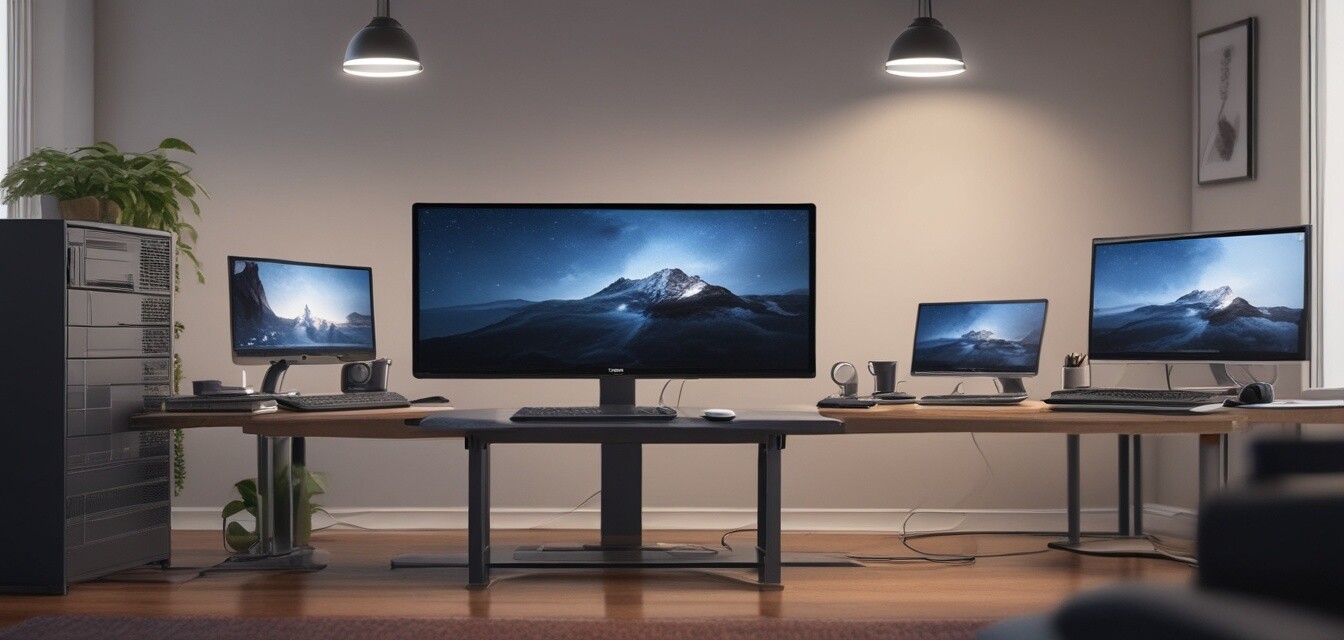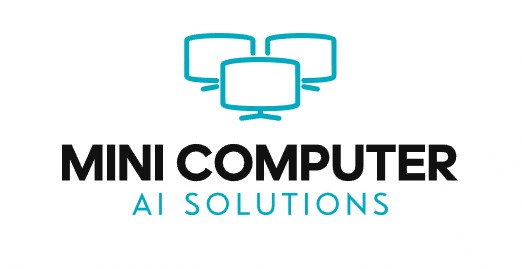
Evaluating Noise Levels: Mini Desktops vs. Full Towers
Key Takeaways
- Mini desktops generally produce less noise compared to full tower computers.
- Components such as fans and hard drives significantly impact noise levels.
- Your workspace environment can influence the perceived loudness of these devices.
- Different uses and components may lead to varied noise outcomes in both setups.
When deciding between a mini desktop and a full tower computer, one of the key factors to consider is the noise level they produce. In work environments, noise can be distracting and detrimental to productivity. This article delves into the comparative analysis of noise levels between mini desktops and traditional full tower setups to help you make an informed choice based on your needs.
Understanding Noise Levels
Noise levels in computers generally come from several components: cooling fans, power supplies, and storage devices (like HDDs). Understanding which components are responsible for noise can help you choose a quieter system for your workspace.
Factors affecting noise level
- Cooling solutions: Fans can be a significant source of noise, especially those operating at high RPMs.
- Power supply units: Budget-friendly power supplies may operate noisily under load.
- Storage devices: Traditional hard drives often produce more noise compared to solid-state drives (SSDs).
- Case design: Noise-dampening materials and design can reduce the overall noise levels of a system.
Mini Desktops vs. Full Towers: A Noise Level Comparison
| Criteria | Mini Desktops | Full Towers |
|---|---|---|
| Size | Compact, easier to fit in small spaces | Large, occupies more space |
| Cooling | Typically use smaller fans; can be less effective but quieter | Usually have multiple large fans; may produce more noise |
| Noise Output | Generally quieter due to fewer active components | Can be louder due to more active components |
| Use-case scenarios | Designed for casual use, ideal for quieter environments | Better for high-performance tasks with potentially higher noise |
Considerations for Office Environments
In an office setting, the choice between a mini desktop and a full tower can affect not just your individual experience but also the overall ambiance of the workspace. Considerations include:
- Personal comfort: How sensitive are you to noise while working?
- Shared spaces: In an open office, minimizing noise can be beneficial for everyone.
- Performance needs: Do you need the extra power of a full tower for demanding applications?
Minimizing Noise in Both Setups
Regardless of whether you choose a mini desktop or a full tower, there are strategies to minimize noise:
- Invest in quiet fans or cooling systems.
- Opt for SSDs instead of HDDs where possible.
- Consider case materials that absorb sound.
- Regular maintenance to ensure all components run optimally.
Pros of Mini Desktops
- Compact size for limited workspace.
- Lower noise during operation.
- More energy-efficient.
Cons of Mini Desktops
- Limited upgrade options.
- Less cooling potential compared to larger systems.
Pros of Full Towers
- Better cooling due to larger fans.
- More customizable and upgrade-friendly.
- Potentially higher performance for intensive tasks.
Cons of Full Towers
- More space required.
- Higher noise levels during operation.
Conclusion: Choosing the Right Setup for You
Ultimately, the choice between a mini desktop and a full tower depends on your unique needs and workspace. If noise is your primary concern in a quiet office setting, a mini desktop may be the better fit. However, if high performance and upgradeability are paramount, you might consider a full tower despite the increased noise levels.
Further Reading
To learn more about different computing options, check out our other resources:
